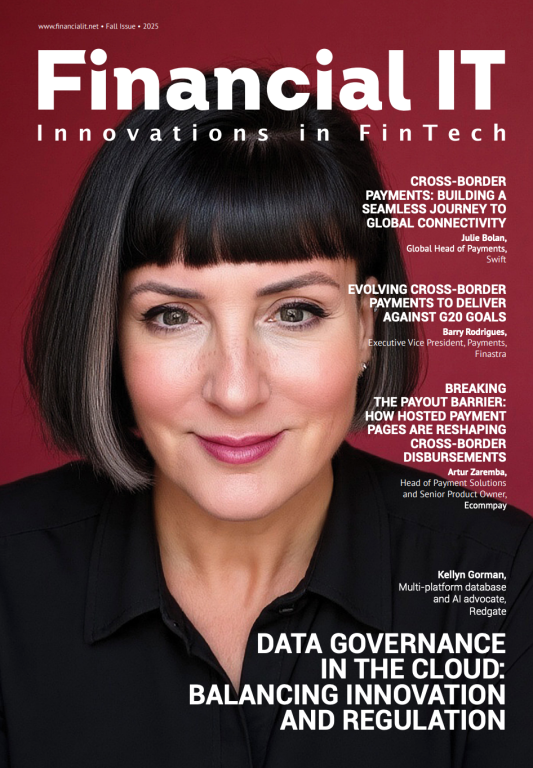Weighing Up Best-Ex and Best Innovation

- Christian Voigt , Senior Regulatory Adviser at Fidessa
- 21.10.2016 12:15 pm MiFID II , Christian is a Senior Regulatory Adviser at Fidessa. He focuses on the growing regulatory and functional requirements for multi-asset automated trading systems, supporting Fidessa's clients across Europe in meeting these challenges. Christian was previously a Vice President at Deutsche Börse AG, responsible for business development in the institutional equity markets. He began his career as a scholar at the European Business School in Germany, where he obtained his doctorate and published several papers on empirical issues in Market Microstructure.
Competition amongst exchanges was a defining theme in MiFID I, but when it comes to best execution and trading venue fee structures, MiFID II might reverse some of that.
MiFID II acknowledges that exchanges compete on fee structures and even establishes some basic rules (see RTS 10). But by tightening the bolts on best execution obligations, the new regulations can present conflicting interests. To be more precise, as part of best execution for investment firms, MiFID II Article 27 extends its requirements by stating: a“firm shall not receive any remuneration, discount or non-monetary benefit for routing client orders to a particular trading venue […] which would infringe the requirements on conflicts of interest or inducements […]“
Thus, while exchanges are free to innovate on fee structures, firms will find it perhaps hard to stomach for their agency business, as they need to justify that any rebates or discounts don’t contradict their strive for best execution.
Even though a transparent and non-discriminatory fee structure offered by an exchange is different to an opaque payment for order flow arrangement that the FCA took aim at in a recent statement, it is questionable whether innovations such as Maker-Taker models, brought to Europe in the wake of MiFID I, will still be possible the second time around.
























